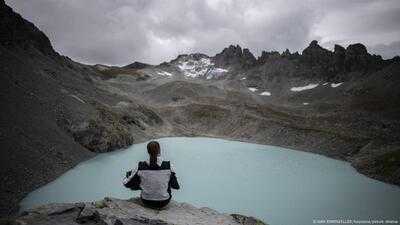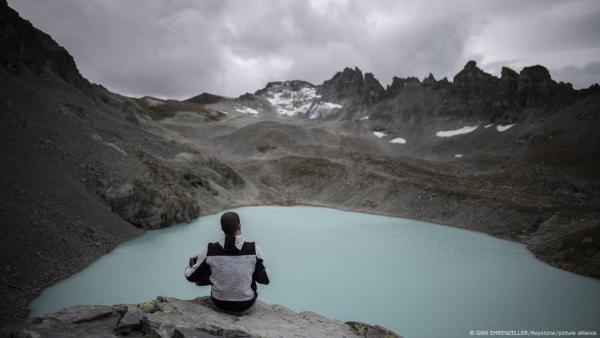

The first World Day for Glaciers is less a celebration than a reckoning as years of record, rapid glacier retreat means many will not survive the 21st century.Five of the past six years have witnessed the most rapid glacier retreat on record, according to new research by the World Meteorological Organization (WMO) and the World Glacier Monitoring Service (WGMS). Vast mountain glacial flows created in the ice age in the US, Canada, Scandinavia, Central Europe, New Zealand and beyond, will be lucky to see the end of the century say researchers who warn of "cascading impacts" on economies, ecosystems, and communities downstream. Since records began in 1975, glaciers have reduced by more than 9,000 billion tons, according to Michael Zemp, director of the WGMS. The loss in that time is equivalent to a "huge ice block of the size of Germany" that is 25 meters thick, he said. In response to this alarming retreat, 2025 was proclaimed the International Year of Glaciers' Preservation by the United Nations General Assembly, which also established the first annual World Day for Glaciers on March 21. The goal was to increase awareness of the fundamental role glaciers, snow and ice play in climate and water or hydrological cycles. The downstream impacts of glacial meltdown The planet is home to 275,000 high mountain glaciers, which together with continental ice sheets in Greenland and Antarctica, store about 70% of the world's freshwater resources. This water flows to rural areas, towns and cities when high glaciers that are frozen over in winter start to melt in spring and summer. When these "water towers" decrease over time, a vital source of fresh water for millions of people is also lost. Glacial decline is also making natural hazards like floods more extreme. Warming glacial lakes can easily break their banks, leading to catastrophic flash flooding. A 2023 glacial burst in the Himalayan state of Sikkim in northeast India killed at least 55 people and washed away a major hydropower dam. A glacial lake in the Andes mountains in Peru is steadily rising, with one study finding its water levels have increased 34-fold between 1990 and 2010 alone. A local farmer, Saul Luciano Lliuya, is famously suing a German energy company, RWE, for causing the climate change that could cause his home and village to be flooded. How glacier melt is impacting sea levels The water from melting glaciers is finding its way into the world's oceans to become the second biggest contributor to sea level rise after warming ocean temperatures, which causes water to expand. WMO researchers note that the rate of global sea level rise has more than doubled since satellite measurements began in 1993. While this only amounted to an 18 mm increase globally, even that has a compounding impact — especially on low-lying island communities. "Every millimeter of sea-level rise exposes an additional 200,000 to 300,000 people to annual flooding," said Zemp. It also has "cascading damaging impacts on coastal ecosystems and infrastructure, with further impacts from flooding and saltwater contamination of groundwater," read a statement announcing the WMO's latest State of the Global Climate report, which was also published this week. Climate change driving glacial melt The report also confirmed that 2024 was likely the first calendar year with temperatures of more than 1.5 (2.7 degrees Fahrenheit) above the pre-industrial era — when humans began burning coal and oil at scale. Because average temperatures are measured over decades rather than single years, this does not mean the aims of the Paris Agreement to keep global heating within the 1.5 C threshold have failed. But WMO Secretary-General Celeste Saulo described the findings as "a wake-up call that we are increasing the risks to our lives, economies and to the planet." Rising temperatures linked to climate change are largely caused by emissions from fossil fuels. The unprecedented temperature rise in 2024 coincided with the third year in a row in which all 19 glacier regions surveyed in the report experienced a net loss of ice mass. Glaciers in Scandinavia, Svalbard in the Arctic, and North Asia experienced their largest annual mass loss on record in 2024. While the WMO report suggests strengthening warning systems to adapt to impacts like extreme flash flooding, the aim is also to limit glacial retreat by keeping the Paris climate targets within reach. "Preservation of glaciers is a not just an environmental, economic and societal necessity. It's a matter of survival," said Saulo. Edited by: Tamsin Walker